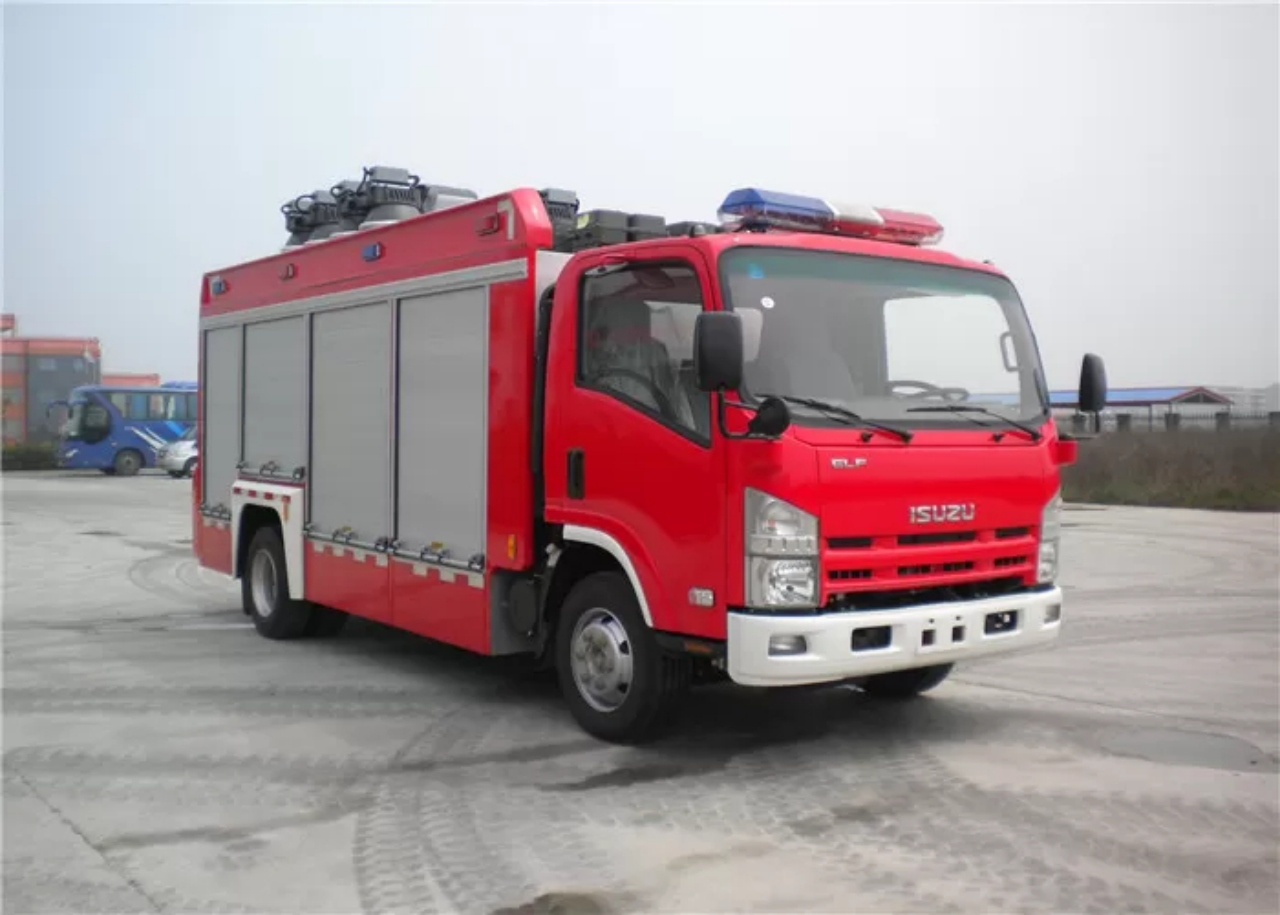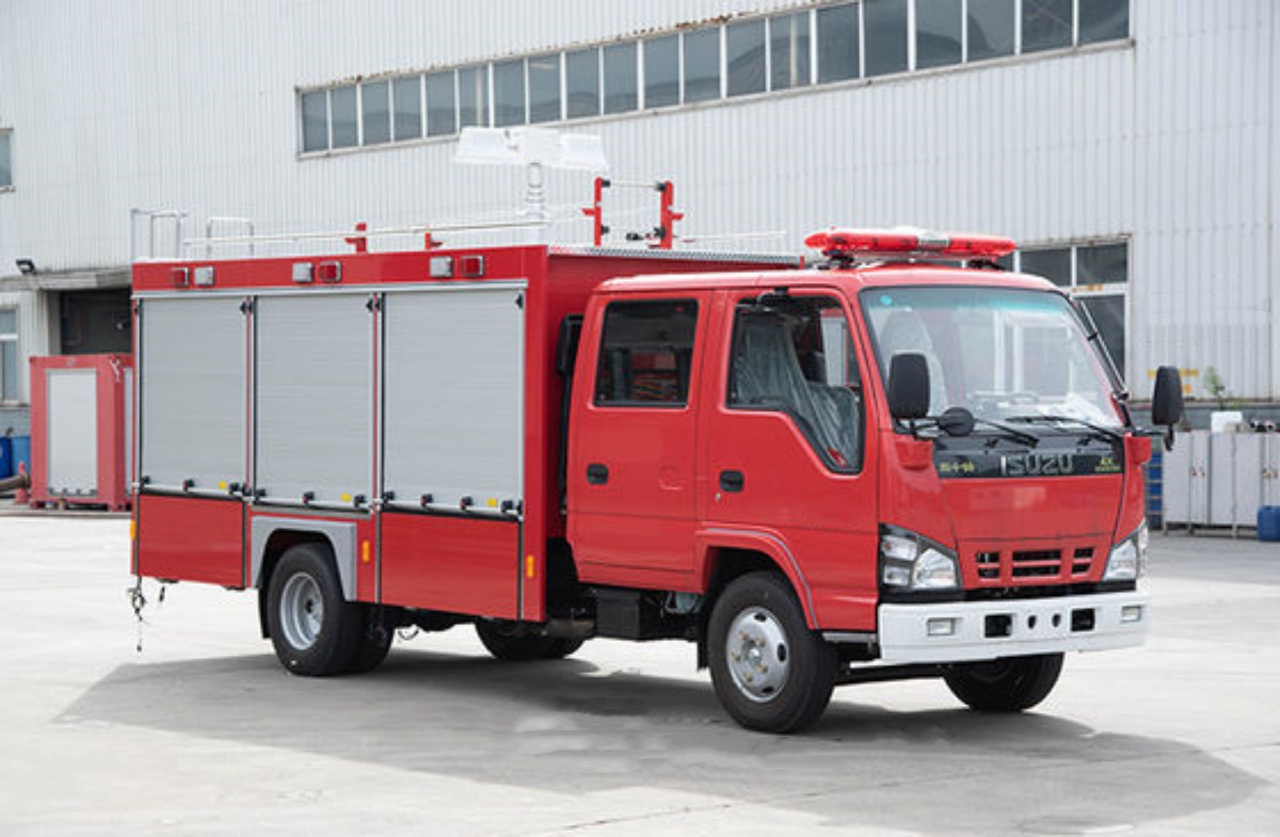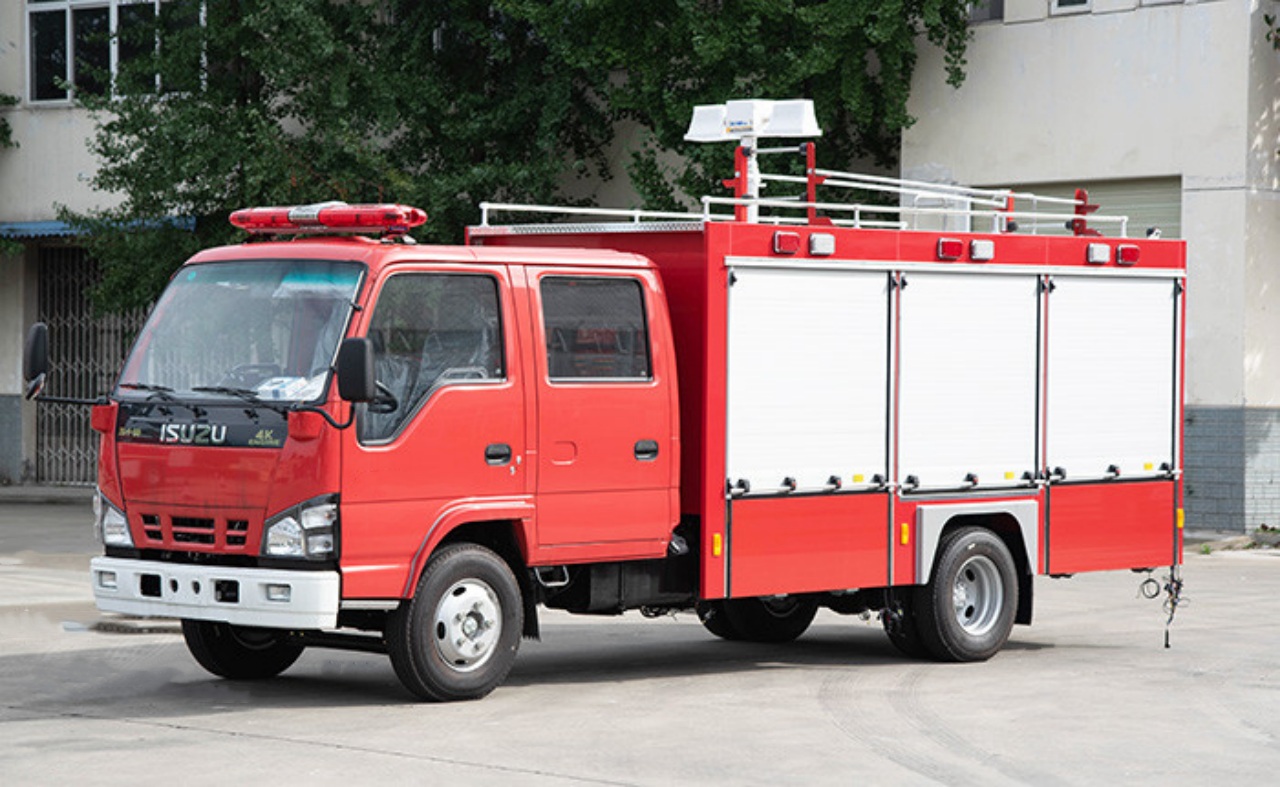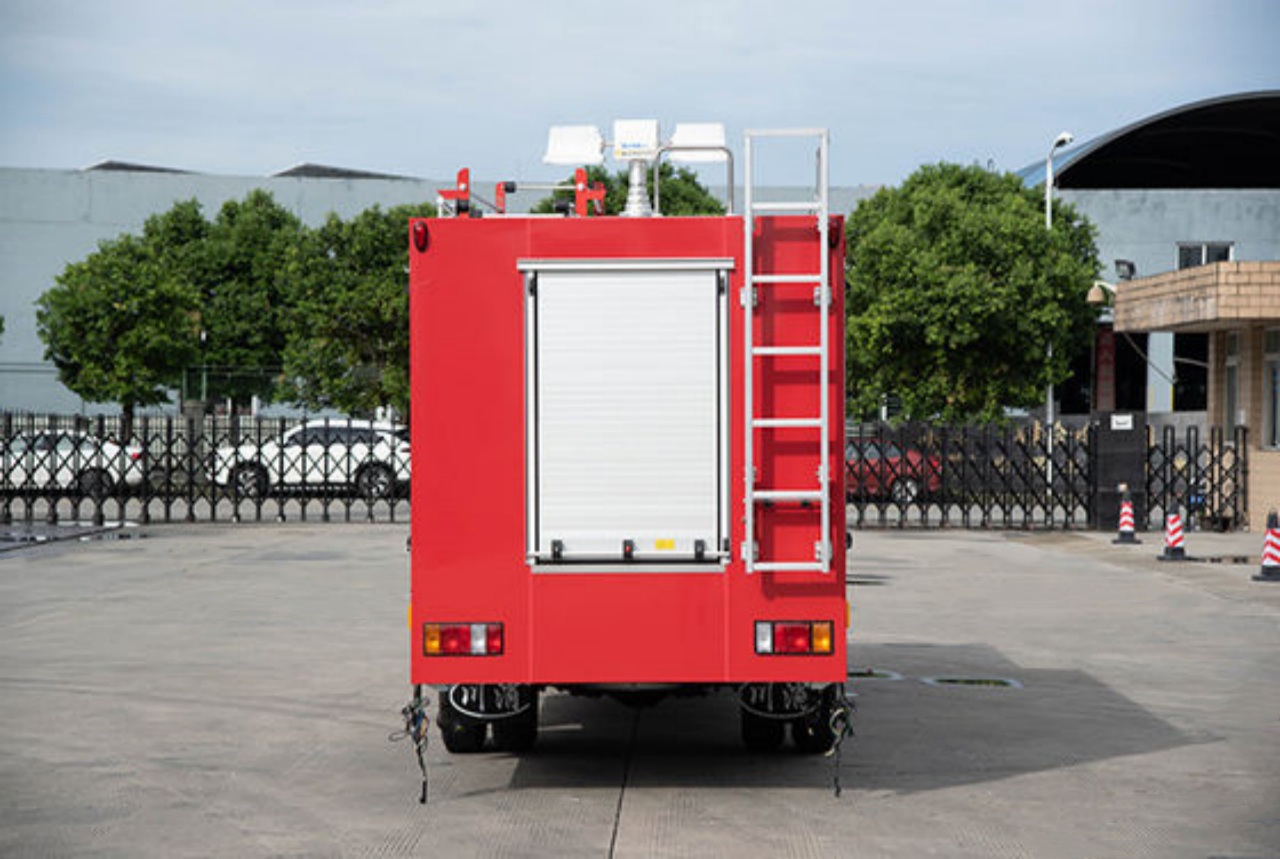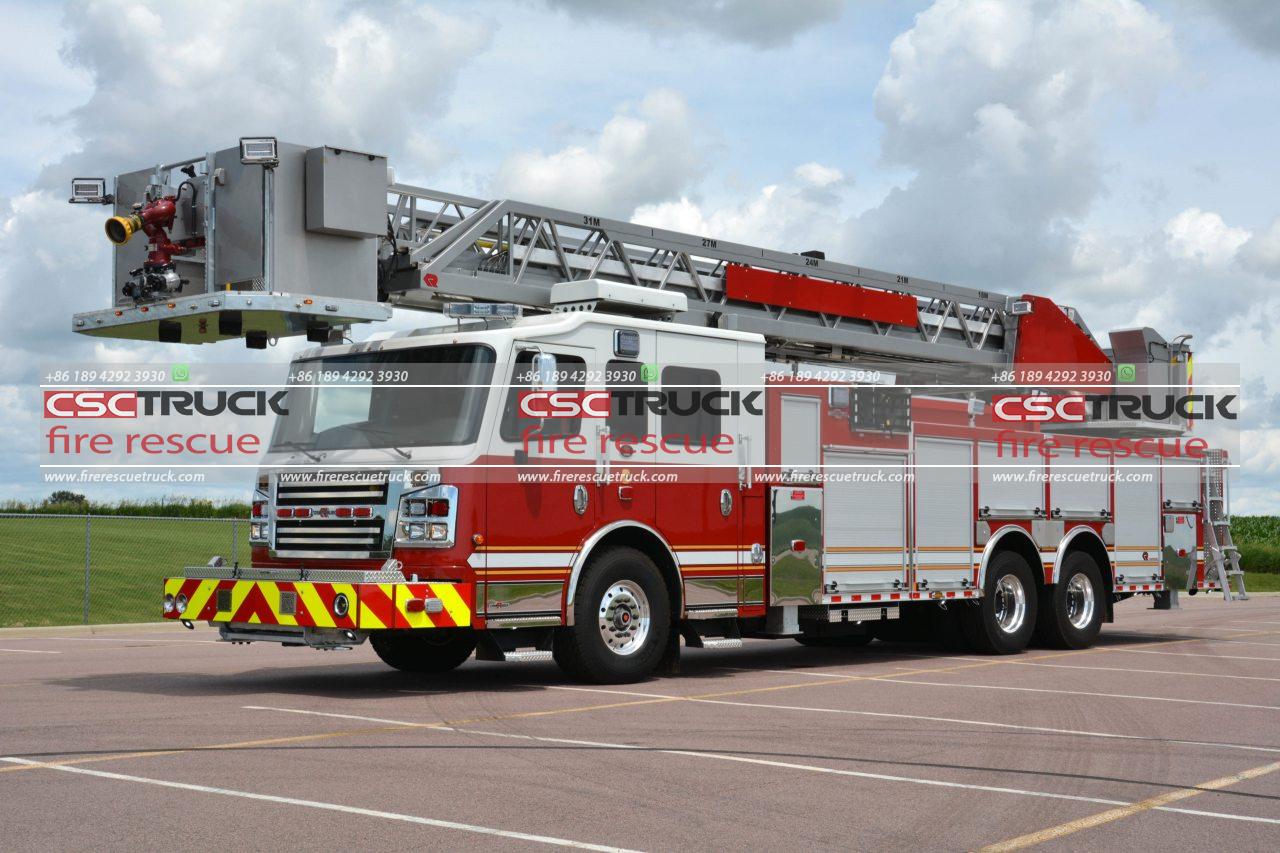Firefighting vehicles come in various shapes and sizes, each tailored to meet specific operational needs, terrain conditions, and emergency scenarios. One category that stands out for its agility, adaptability, and efficiency in handling smaller-scale or difficult-access emergencies is the light fire truck. Though often overshadowed by their larger counterparts, light fire trucks play a crucial role in fire and rescue services around the world. But what exactly is a light fire truck? Let’s explore its definition, features, advantages, applications, and importance in modern firefighting.
Definition of a Light Fire Truck
A light fire truck (sometimes referred to as a light fire appliance or light pumper) is a smaller, more compact firefighting vehicle designed for quick response in scenarios where larger fire engines may be impractical or unnecessary. These trucks are typically built on light-duty commercial vehicle chassis such as pickup trucks, light vans, or small utility vehicles. Their compact size allows them to navigate narrow streets, rural areas, and off-road environments more effectively than standard or heavy-duty fire trucks.
While light fire trucks may carry fewer firefighting resources than their larger counterparts, they are usually equipped with essential gear such as water tanks, pumps, hoses, basic rescue tools, and first aid equipment. They are commonly used for initial attack operations, medical emergencies, bushfire response, and supporting larger vehicles at bigger incidents.
Key Features and Components
Though the exact specifications of a light fire truck may vary depending on the region and fire service requirements, most share a core set of features:
- Compact Chassis:
- Built on a 4×2 or 4×4 light-duty truck or utility vehicle platform.
- Suitable for tight or rugged terrain, including rural and mountainous areas.
- Water Tank:
- Smaller capacity tanks ranging from 200 to 1000 liters (50 to 265 gallons).
- Enough for rapid response and small-scale fire suppression.
- Pump System:
- Equipped with a portable or vehicle-mounted fire pump.
- Capable of delivering high-pressure water through hoses for fire attack.
- Firefighting Equipment:
- Hose reels, nozzles, foam induction systems.
- Dry chemical extinguishers and basic tools like axes and pry bars.
- Medical and Rescue Gear:
- Often includes a basic first aid kit, oxygen cylinders, or even AEDs.
- Some models have gear for traffic accidents or light extrications.
- Communication & Lighting:
- Emergency lighting, sirens, radios, and GPS for coordination and visibility.
Advantages of Light Fire Trucks
Light fire trucks are not just scaled-down versions of full-size engines—they offer unique advantages that enhance firefighting capabilities in various settings:
1. Rapid Response:
Due to their smaller size and lighter weight, light fire trucks can accelerate faster and maneuver through traffic or narrow alleys more effectively, reducing response times in emergencies.
2. Accessibility:
Ideal for areas that are inaccessible to large vehicles, such as forest trails, tight urban neighborhoods, or informal settlements. Their off-road capabilities make them essential for wildland firefighting.
3. Cost-Effective Operation:
Light fire trucks are generally more affordable to purchase, operate, and maintain. They consume less fuel and require smaller crews, making them an economical solution for small towns or volunteer departments.
4. Versatility:
They can serve multiple functions—from initial firefighting efforts to medical aid and support roles. Some fire departments use modular designs so one chassis can be adapted for different missions.
5. Complementary Role:
In major fire incidents, light fire trucks can supplement larger apparatus by providing additional water supply, relaying equipment, or assisting in mop-up operations after the main fire is contained.
Common Applications
Light fire trucks are incredibly versatile and are deployed in a variety of operational scenarios. Some common applications include:
1. Wildland and Bushfire Operations:
Light trucks are ideal for rough terrain and are often the first line of defense in forested areas. Their ability to travel on narrow dirt roads or through vegetation is invaluable.
2. Urban Response:
In densely populated areas with narrow streets, such as old city centers or slums, light fire trucks can reach locations that standard engines cannot.
3. Quick Attack Units:
Fire departments often dispatch light fire trucks ahead of the main fleet to begin suppression efforts quickly and prevent escalation.
4. Medical Emergencies:
In systems where fire services provide EMS, light trucks serve as first responders to deliver immediate care before an ambulance arrives.
5. Public Events and Standby Coverage:
These vehicles are often stationed at sporting events, festivals, or remote job sites as a precautionary measure.
Variants and Customizations
Manufacturers and emergency services often customize light fire trucks to suit their needs. Common variants include:
- Brush Trucks: Designed for wildland fires with off-road tires, heavy-duty suspension, and flame-resistant components.
- Rescue Units: Focused more on carrying cutting tools, rescue gear, and medical supplies.
- Rapid Intervention Vehicles (RIV): Used at airports or industrial facilities for immediate response to fire or chemical incidents.
- Tactical Support Units: Outfitted with command and communication equipment for incident management.
Challenges and Limitations
While light fire trucks offer many benefits, they also have limitations:
- Limited Water Supply: Small tank sizes mean they may exhaust their supply quickly in a major fire.
- Reduced Pumping Power: Lighter pumps may not match the performance of those on full-size engines.
- Lower Crew Capacity: Typically seats 2 to 4 personnel, limiting manpower at the scene.
As such, they are best viewed as part of an integrated response system rather than standalone solutions for large-scale emergencies.
The Global Perspective
Light fire trucks are widely used across the globe, especially in regions with diverse geography or under-resourced fire departments. In rural Africa and parts of Southeast Asia, they serve as the primary response vehicles. In developed countries like Australia and the United States, they supplement larger engines, especially in wildland or suburban operations. Many fire departments also convert commercial vehicles into light fire trucks, offering a low-cost alternative to buying purpose-built units.
Conclusion
A light fire truck may not have the dramatic presence of a full-sized pumper or ladder truck, but its contribution to modern firefighting is indispensable. Agile, cost-effective, and versatile, these compact units enable faster, more flexible responses in a wide range of emergency scenarios. Whether racing down a narrow alley in a historic town or charging up a dirt path to stop a brush fire in its tracks, the light fire truck stands as a testament to the principle that in firefighting, the right tool for the job isn’t always the biggest one.


